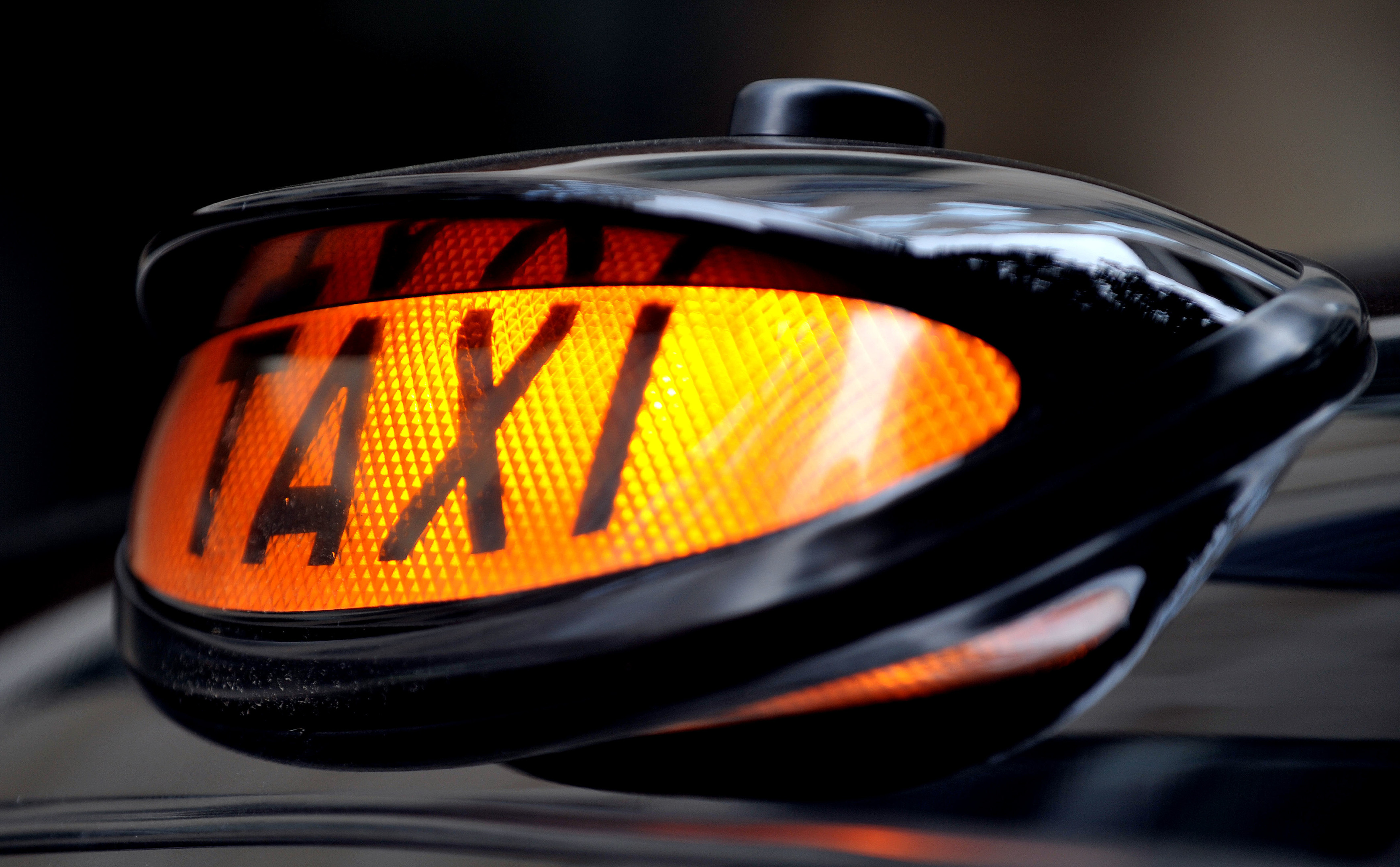Councils in Tayside and Fife are spending more than £15 million a year ferrying children to school by taxi or private travel.
Figures obtained by The Courier laid bare the amount of cash being used to lay on transport to get youngsters to primary and secondary schools in Fife, Dundee, Angus and Perth and Kinross.
Education authorities must provide transport, or help with the cost of transport, if they consider it necessary to help children get to school.
They usually provide free transport to pupils who cannot walk to school for medical reasons or because they have a disability.
Former Dundee Craigie High School rector David May said: “I know some individual pupils and their families that, without transport provided by the local authority, would have huge problems getting to school at all.
“For some of them even attending school is a challenge.”
The cost of transport for pupils in Angus was £3.1m in 2014/15 and £3m in 2015/16 and the council provides free transport for 2,317 pupils.
In Dundee the cost for 1,071 pupils was £2.1m in 2014/15 and £2.1m in 2015/16; in Perth and Kinross the cost for approximately 4,000 pupils was £6.3m in 2014/15 and £6.5m in 2015/16.
In Fife, around 11,500 pupils qualify for free transport with a £3.9m taxi and minibus bill in 2014/15 which went up to £4m in 2015/16.
Mr May, from Montrose, added: “There is a need for youngsters with additional support needs to be transported to school.
“If they stay in a rural council there will be an even greater need because of the distance they need to travel.
“I would guess as well that some Angus youngsters have to travel into Kingspark to access the specialist facilities they have which we in Angus could not possibly provide.
“I have visited Kingspark on several occasions in the past and the support they give to pupils is very considerable and greatly needed so there will be considerable cost implications in terms of transport there.
“It’s very difficult to comment because most of the cases will be very individual and no doubt the authorities look at each case in turn.
“There may be areas where consideration can be given to provide transport for two or three youngsters in the same facility in the same town.”
Mr May also paid tribute to the drivers who take the youngsters to school – highlighting in particular the great job done by many in putting children with emotional, mental and physical difficulties, very much at ease.
In making their arrangements, the Scottish Government said authorities also take into consideration the distance between a pupil’s normal place of residence and school.
In general, they make free travel available to pupils who live outwith the statutory walking distance, defined as being two miles for any pupil under eight years of age and three miles for any other pupil.
Those distances relate to school attendance issues and are used to determine what would constitute a legitimate reason for not sending a child to school.
